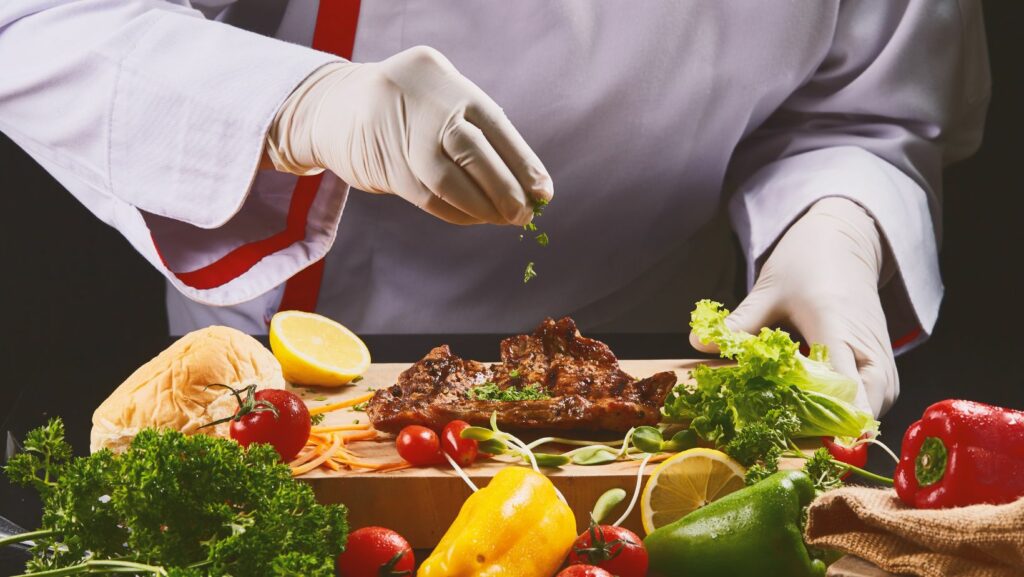You’re hosting an event and want to impress your guests with a fantastic menu. But where do you start? This guide will walk you through the process of planning and preparing the perfect menu for any occasion. From considering dietary restrictions to balancing flavors and textures, we’ll cover everything you need to know to create a memorable dining experience.
As a meal prep chef, mastering the art of menu planning is essential—it’s your ultimate guide to ensuring every event is a culinary success. Planning a menu for an event can be both exciting and daunting. The key is to approach it systematically, considering various factors that contribute to a successful dining experience. Let’s dive into the essential steps to create a menu that will leave your guests raving.
Know Your Audience and Event Type
Before you start brainstorming dishes, it’s crucial to understand who you’re catering to and the nature of the event. Is it a formal corporate dinner or a casual backyard barbecue?
Are your guests adventurous eaters or do they prefer familiar comfort foods? Knowing your audience will help you make informed decisions about the type of cuisine and level of sophistication to aim for.
Consider Dietary Restrictions and Preferences
In today’s diverse culinary landscape, it’s essential to account for various dietary needs. Vegetarian, vegan, gluten-free, and allergen-free options should be considered.
And if you’re looking for catering services in Chicago, many providers offer specialized menus to accommodate these requirements. By offering a range of options, you ensure that all your guests can enjoy the meal without feeling left out.
Balance Flavors, Textures and Colors
A well-planned menu is like a symphony, with different elements coming together harmoniously.
Aim for a balance of flavors (sweet, salty, sour, bitter and umami), textures (crunchy, creamy, chewy) and colors to create an appealing and satisfying meal.

This variety not only pleases the palate but also makes for a visually stunning presentation.
Seasonal and Local Ingredients: The Secret to Fresh Flavors
Incorporating seasonal and local ingredients into your menu can elevate the dining experience.
Not only do these ingredients tend to be fresher and more flavorful, but they also support local producers and reduce environmental impact.
Plus, seasonal menus can create a sense of anticipation and excitement among your guests.
Timing is Everything: Consider Preparation and Service
When planning your menu, think about the logistics of preparation and service. Some dishes can be prepared in advance, while others need to be made à la minute.
Consider the kitchen facilities available and the number of staff you’ll have on hand. A well-timed menu ensures that each course is served at its peak, enhancing the overall dining experience.
Don’t Forget the Drinks!
A thoughtfully curated beverage selection can complement and enhance your menu.
Consider offering a signature cocktail that ties into the theme of your event, or select wines that pair well with your dishes.

Don’t forget about non-alcoholic options, including interesting mocktails or artisanal sodas.
The Art of Menu Design
Once you’ve finalized your menu, present it in a way that builds anticipation. A well-designed menu can set the tone for the entire event.
Use descriptive language to entice your guests, but keep it concise and easy to read. If appropriate, include information about the sourcing of ingredients or the inspiration behind certain dishes.
Test and Refine
Before the big day, it’s wise to do a test run of your menu. This allows you to refine recipes, adjust portion sizes and identify any potential issues. It’s also an opportunity to get feedback from a small group of trusted tasters.
Planning the perfect menu for any event takes time, creativity, and attention to detail. By considering your audience, balancing flavors and textures, and focusing on fresh, seasonal ingredients, you can create a dining experience that will leave a lasting impression on your guests.
Remember, the goal is not just to feed people, but to create memories through food. With these tips in mind, you’re well on your way to becoming a menu-planning maestro!



